Nolan Bushnell had an idea. Actually, Nolan Bushnell had a lot of ideas. With an educational background in electrical engineering, computer science, and business, and real-world work experience at Utah’s Lagoon Amusement Park, Bushnell had the skillset and the vision that would put him at the forefront of the about-to-boom video game and arcade industries. He and Ted Dabney co-founded Atari in 1972, but another Bushnell inspiration would create a place where families could come together for an old favorite — pizza — and a newer notion, the video game arcade. That place, Chuck E. Cheese, opened its doors 45 years ago this week.
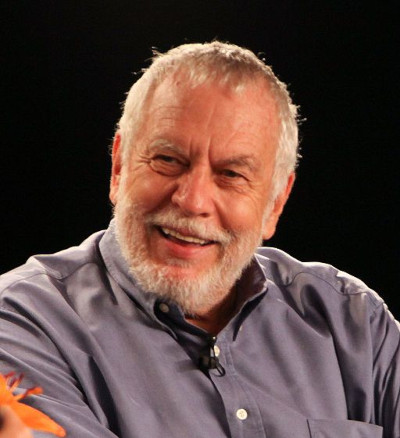
Bushnell and Dabney met while working for the electronics company Ampex. By 1969, the pair went into business for themselves as Syzygy and created an electronic arcade game called Computer Space. When they learned that the Syzygy name was already in use, they took on a new name in 1972: Atari. A few months later, they launched a new game that had been designed for Atari by another Ampex alum, Allan Alcorn. That game was Pong. It became the first majorly successful stand-up video arcade game. The company released a home version of Pong in 1975 to even more success. In 1976, Bushnell sold Atari to Warner Communications in order to have the capital to create an Atari home system.
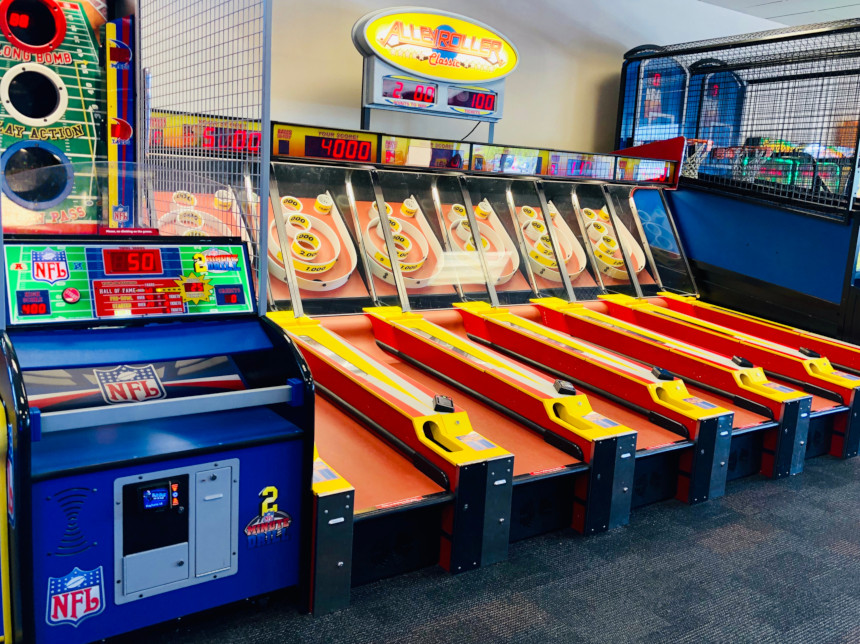
With Pong a multi-platform hit and Atari on the rise, Bushnell wanted to pursue an idea that he’d had much earlier in his career. Influenced by his amusement park experience and envisioning a family-friendly video arcade environment, Bushnell created Chuck E. Cheese’s Pizza Time Theatre. The restaurant incorporated electronic arcade games, other amusement games (like midway favorite Skee-Ball), animatronic characters like those found in Disney parks, and, of course, pizza.
The concept had some initial growing pains. When Bushnell obtained different animal costumes to adorn the animatronic figures, he was surprised to discover that one he thought was a coyote was actually a rat. Though he flirted with the name Rick Rat’s Pizza, a more marketable persona of Chuck E. Cheese was created to befit the costume. Nevertheless, the earliest version of Chuck E. held a cigar and affected a film gangster style of speaking.
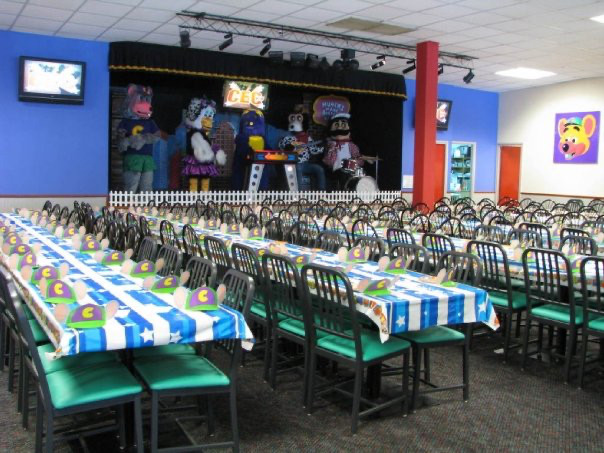
With Warner Communications still in overall control of the operation, the first Pizza Time Theatre opened in San Jose, California in 1977. One of Bushnell’s early ideas, that the wait time for pizza would give families more opportunities to play games (and thus, spend more money), worked well in practice. Nevertheless, Warner was slow to agree to open more Chuck E.’s. Bushnell bought the entire concept and character rights back from the company for half a million dollars. By 1979, Bushnell had opened six more locations in California.
As Bushnell sought to grow the business across the country, he started franchising. In June of 1979, Bushnell contracted with Topeka Inn Management’s Robert Brock to cover 16 states in the Midwest and South. They formed a sub-brand for Brock’s holdings, and named it “Pizza Show Biz.” However, Brock thought that a competing animatronics company was delivered better product on that front than the designers Bushnell had. Brock asked Bushnell to release him from their deal and instead partnered with Creative Engineering, Inc.’s Aaron Fechter. The result was ShowBiz Pizza Place. It opened in 1980, and the chain featured its own animatronic band, the Rock-afire Explosion. Bushnell responded with a major lawsuit. The two sides settled under the agreement that ShowBiz would pay Chuck E. Cheese part of its profits for the next ten years. And for a short while, those profits would be substantial.
Chuck E. Cheese and friends performing “Safe and Sound” from 2014. (Uploaded to YouTube by CEC Florida)
True to Bushnell’s intuition, the arcade and video game market exploded. 1980 saw the advent of arcade classics like Missile Command, Berzerk, Centipede, and perhaps the most famous of all, Pac-Man. In the next year of its pixelated life, Pac-Man would earn over $1 billion in quarters in the United States, not a few of which were dropped at Chuck E. Cheese and ShowBiz. 1980 through 1982 were the arcade boom years in America, and the dueling pizza chains were among those that reaped the benefits.
In a 1982 interview with Bay Area talk show People Are Talking, Bushnell took on critics of the video game industry that he helped grow. He said, “You’ve got to understand there are always those people who are very, very afraid of the future . . . a lot of people don’t realize that video games are really the training wheels of computer literacy.” Bushnell maintained that it was a short jump from young people getting versed in gaming to adapting to computer programming and usage.
Unfortunately for all involved, 1983 through 1985 became known as the “Video Game Crash.” Home consoles like the Atari VCS had proliferated rapidly; their ascent and the arrival of the home computer in larger waves and greater availability offered at-home competition to arcades. However, with limited graphics and disappointing home adaptations (like, ironically, Pac-Man), Atari took serious lumps in profitability. Also, with consoles and computers in the home, the novelty of the arcade took a bit of a dive. In 1983, the arcade industries’ profits dropped 40 percent. The Pizza Time Theatre chain lost over $15 million in 1983; Bushnell filed for bankruptcy in 1984, and Brock bought his competition’s chain in 1985. The two chains were merged into ShowBiz Pizza Time, Inc.
Despite becoming one company, Chuck E. Cheese and ShowBiz Pizza maintained their autonomy to a degree and retained their separate characters for a time. In 1990, Creative Engineering pulled out, and the merged company started the process of integrating into one brand. All of the remaining restaurants became Chuck E. Cheese’s Pizza by 1992. In 1994, the chain became, simply, Chuck E. Cheese’s.
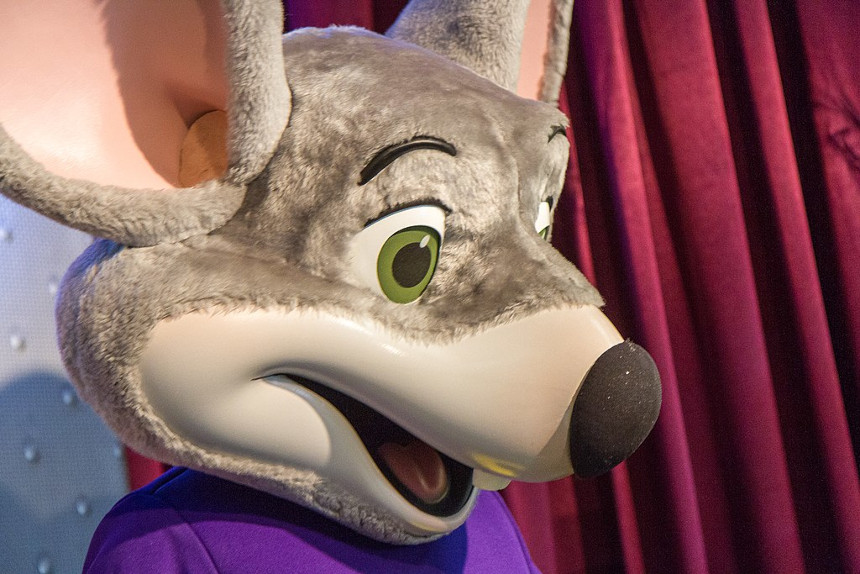
The company opted for an overall rebrand in 2012. Chuck E. underwent rodent reimagining, moving from an adult rat to a younger mouse. Two years later, Apollo Global Management bought the entire chain for $950 million, and then also bought another competitor, Peter Piper Pizza, before the year was out. In the last few years, the company began to phase out the animatronics, opting for dance floors with video screens. The company went public in 2019, though Apollo retained 51 percent through a shell company.
One somewhat unintended consequence of Chuck E. Cheese is the fact that some children are scared of the animatronic characters that once populated the restaurants. In 2014, game designer Scott Cawthon took that notion to the extreme when he created Five Nights at Freddy’s. The wildly successful video game franchise traps players in a pizza place populated by animatronic characters gone bad. To date, there have been 14 related games, a novels series, and a feature film in the works from superstar horror producer Jason Blum.
A scary real-world situation hit the business in 2020, whichsaw the biggest blow to Chuck E. Cheese since the Video Game Crash. COVID-19 was devastating to the company. While they did mobilize into a successful food delivery operation during the pandemic under the Pasqually’s Pizza & Wings brand, it wasn’t enough to stave off bankruptcy. The company entered proceedings in 2020; it was guided out in January of 2021 by its current owner, the Monarch Alternative Capital investment fund.
For 45 years, the Chuck E. Cheese brand has offered a very different kind of restaurant experience. Today, the chain can be found in 45 states, Puerto Rico, and Canada. While the amusement and video game offerings continue to change and evolve, kids can still occasionally encounter the costumed form of Chuck E. himself. With most homes having at least one video game console (not to mention smart phones, smart TVs, and a seemingly endless variety of competing entertainment options), it’s uncertain how long the united concept of amusement park, arcade, and pizza parlor can last as a destination. On the other hand, Chuck E. has weathered changing times, changing tech, business crashes, and a global pandemic. Chances are that this is one rat — sorry — mouse, that won’t be caught that easily.
Featured image: Shutterstock
Become a Saturday Evening Post member and enjoy unlimited access. Subscribe now
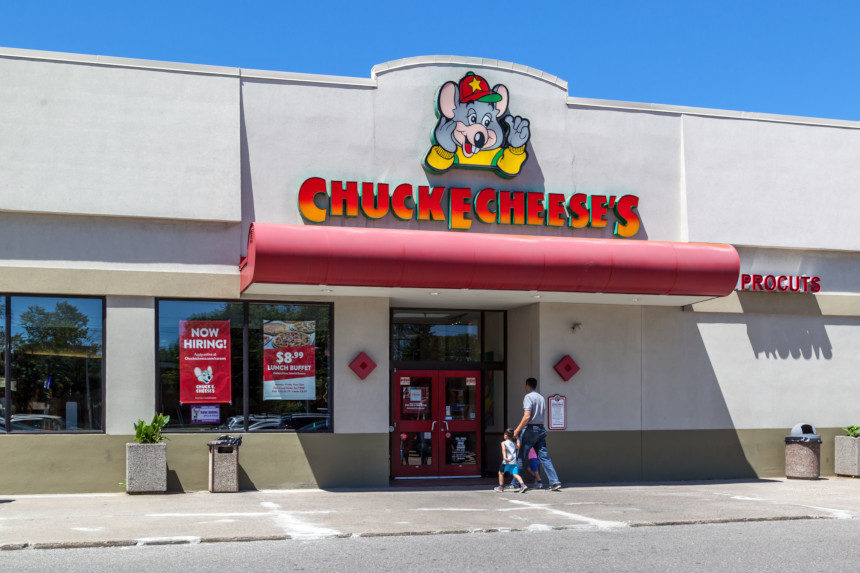

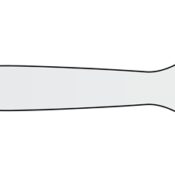
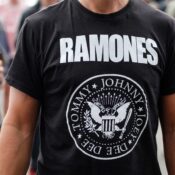
Comments
Thanks so much for the Chuck E cheese article! However we were in alabama in the 80s and my kids liked showbiz more. Eventually we had both because of the merger. We were saddened when the animatronics were phased out because that is what made it exciting for kids to go there. So sad that most wound up in a grave yard and only a few survived. I take my grandkids now but it’s not the same with videos. This generation of kids are so acoustomed to video images that they only go for the games on that also have changed alot over the years. Thank goodness they still have skeeball!! I wish that the current corporate owners would consider bringing back the original characters and promoting them through pictures in the restaurant, toys and stuffed images, rather than just let them die and just be a memory. Heck! They don’t even promote the original chuck E cheese image. I wish but seriously doubt that we will ever see a revival of any of the original characters in life size characters either. They could at least cast mold then in life size plastic and spread them around the restaurant. Does anybody actually care about the history of a very unique idea anymore???
Chuck E . Cheese’s Please Bring Back Avenger Chuck and the Animatronics as well Please This year in 2022 or Next year in 2023 Please .